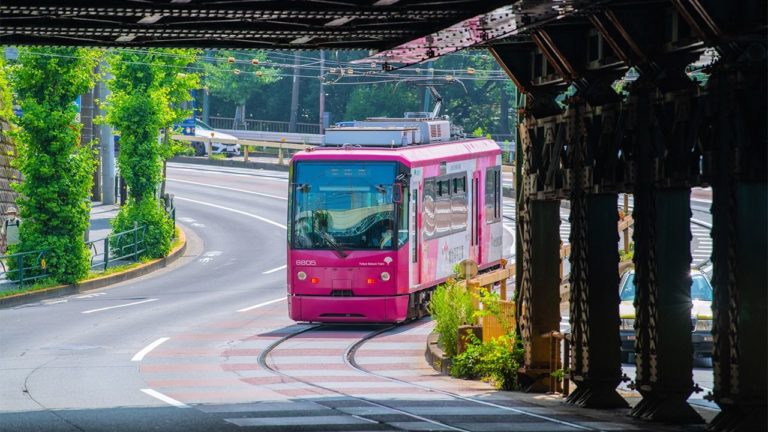Warm Up
- Have you ever worn a Kimono or a Yukata before? How do you wear it? Did you like it?
- Have you ever experienced Japanese tea ceremony? How was it? Please let your teachers know the manners and rules.
- Are there any other traditional Japanese arts or ceremonies?
Listening
- What are Kimono made out of?
- When and how did tea ceremonies start?
- What does the host enjoy the “Japanese way of doing things”?
- We’re going to make Japanese sweets, dress in a traditional kimono, and be taken through the steps of a Japanese tea ceremony.
- Kimono is basically made of just one fabric.
- There’s a very important part to dressing in the kimono, so they’re going to teach us how to get dressed.
- Now that we’re fully dressed in our kimono, it’s time to head up for the tea ceremony.
- Tea ceremonies started in the 1600s. It’s the combination of Shintoism and also the Zen, which is related to harmony and transience.
- I didn’t realize it started with samurais, which is something I found out and I would definitely come back.
- There are plenty of opportunities to take photos throughout the place, and even dress up as a samurai warrior.
- I think the thing I like most about the Japanese way of doing things is simplicity can equal such beauty
- This has been such a delightful experience, learning about the history of the kimono.
- [responsivevoice voice="US English Female" buttontext=""]We got to make some traditional Japanese sweets, and then the tea ceremony, a ritual that’s been happening for hundreds of years.
- Which do you prefer, western or Japanese sweets? Why?
- Can you recommend any unique Japanese activities or things to your teacher?
- What makes traditional Japanese culture different from other countries’ culture?
Tongue Twister
- I scream, you scream, we all scream for ice cream.
- I saw Susie sitting in a shoeshine shop.
- She sees cheese.
- He threw three free throws.
- So, this is the sushi chef?
- They think that this Thursday is the thirtieth.
00:08 – Today we’re going to explore
00:10 some Japanese history and tradition.
00:12 We’re going to make Japanese sweets,
00:15 dress in a traditional kimono,
00:17 and be taken through the steps of a Japanese tea ceremony.
00:28 – Kimono is basically made of just one fabric.
00:32 – There’s a very important part to dressing in the kimono,
00:36 so they’re going to teach us how to get dressed.
00:40 All right, nice and snug.
00:43 Now that we’re fully dressed in our kimono,
00:45 it’s time to head up for the tea ceremony.
00:52 – Tea ceremonies started in 1600s.
00:54 It’s the combination of Shintoism and also the Zen,
00:59 which is related to harmony and transience.
01:06 – Wow, that’s beautiful.
01:09 – I thought it was really fun.
01:10 I like being able to dress up in the kimono.
01:12 The ceremony was really interesting.
01:14 I didn’t realize it started with samurais,
01:16 which is something I found out
01:17 and I would definitely come back.
01:21 – There are plenty of opportunities
01:22 to take photos throughout the place,
01:24 and even dress up as a samurai warrior.
01:31 Now it’s time to learn how to make some Japanese sweets.
01:37 I think the thing I like most
01:39 about the Japanese way of doing things
01:41 is simplicity can equal such beauty.
01:45 How’s that?
01:47 Thank you.
01:49 This has been such a delightful experience,
01:52 learning about the history of the kimono.
01:54 We got to make some traditional Japanese sweets,
01:58 and then the tea ceremony, a ritual
01:59 that’s been happening for hundreds of years.
Listening answers:



